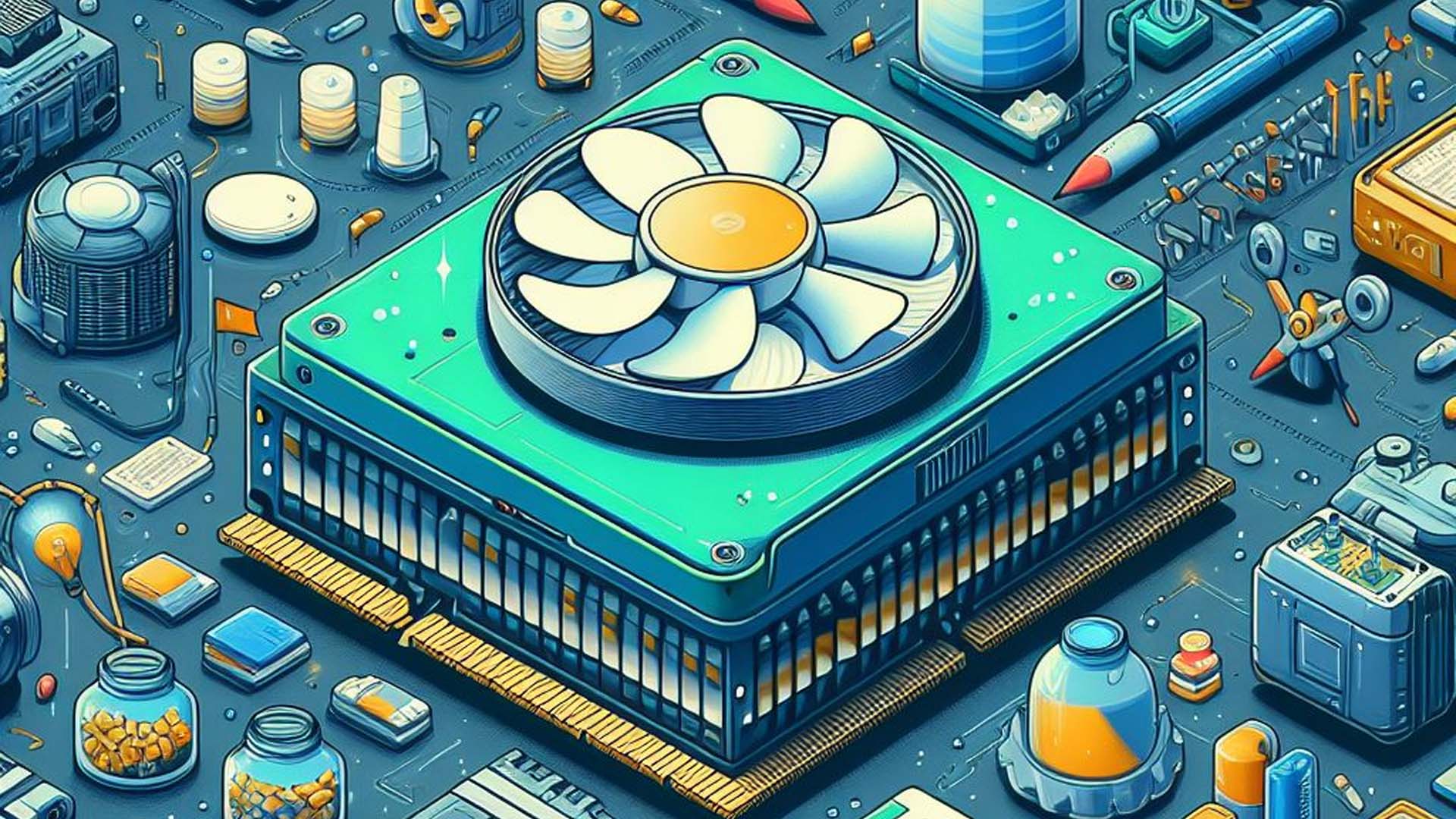Understanding the various types of memory in your computer is essential, each designed for specific data storage purposes. These memory types vary in size and speed, impacting storage capacity and access speed.
Cache memory plays a crucial role in the performance of processors. Exploring its functionality and its relationship with top processors is fundamental. Additionally, discerning the types of cache memory and methods to expand its availability is pivotal.
We’ll delve into the significance of cache memory, differentiate it from RAM, and determine the superior access memory type.
Explaining Cache Memory: Everything You Need to Know
1. Understanding Cache Memory
Cache memory serves as a rapid-access storage solution, enabling quicker retrieval of information compared to the main hard drive of your PC. It utilizes high-speed static random access memory (SRAM) to store frequently used data, enhancing computational efficiency.
2. Significance of Cache Memory
The paramount importance of cache lies in its unparalleled speed, operating up to 100 times faster than RAM. By reducing latency and optimizing data retrieval, cache significantly enhances overall system performance despite its limited storage capacity and higher cost.
3. Types of Cache Memory
Cache memory is stratified into three tiers, each progressively larger and slower. L1 cache, the fastest and smallest, resides within the processor, housing frequently accessed instructions and data. The L2 cache, either integrated or situated on a separate system bus, supplements the L1 cache. L3 cache, albeit slower, bolsters the performance of L1 and L2 caches, albeit being twice as fast as DRAM.
4. Cache vs. RAM
In the hierarchy of data storage, if the cache fails to deliver the required information, the system resorts to retrieving it from RAM, the primary data storage. Although RAM offers greater storage capacity at a lower cost, the cache’s unparalleled speed makes it the preferred repository for frequently accessed data, while RAM accommodates the remainder.
5. Expanding Cache Memory
While it may seem intuitive to augment cache memory for enhanced performance, simply increasing cache space does not necessarily translate to improved PC operation. High-end PCs typically come equipped with sufficient cache memory integrated into the processor. However, managing cache usage, such as clearing browser cache, is crucial to prevent performance degradation due to cache overflow.
In summary, cache memory serves as a vital component in optimizing system performance, leveraging speed and efficiency to streamline data retrieval processes.

Concluding Remarks on Cache Memory
Cache memory significantly influences a PC’s performance and efficiency. Although you can’t directly manage cache allocation, periodic clearing is possible when it reaches capacity.
Prioritizing overall performance over cache quantity is advisable. When selecting a processor, factors such as price, clock speeds, core count, thread count, and compatibility with other components like motherboard or graphics card are crucial considerations. Focusing on these aspects will yield greater performance enhancements compared to solely increasing cache size.
Discover more from NewForTech
Subscribe to get the latest posts sent to your email.




